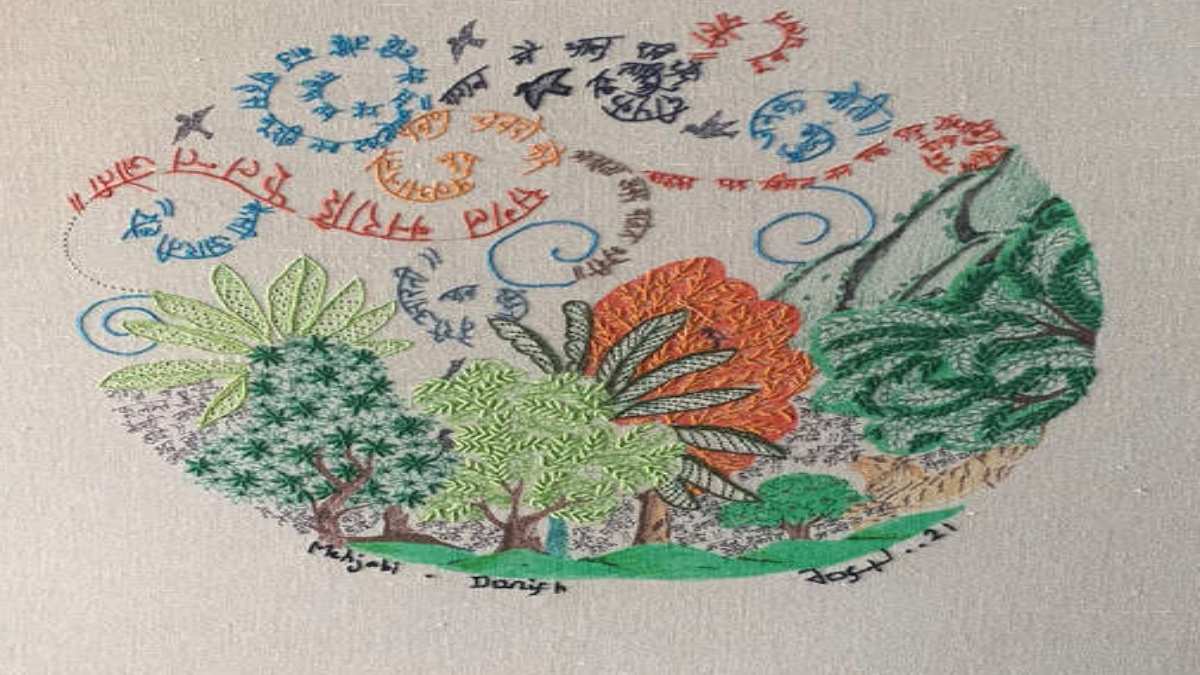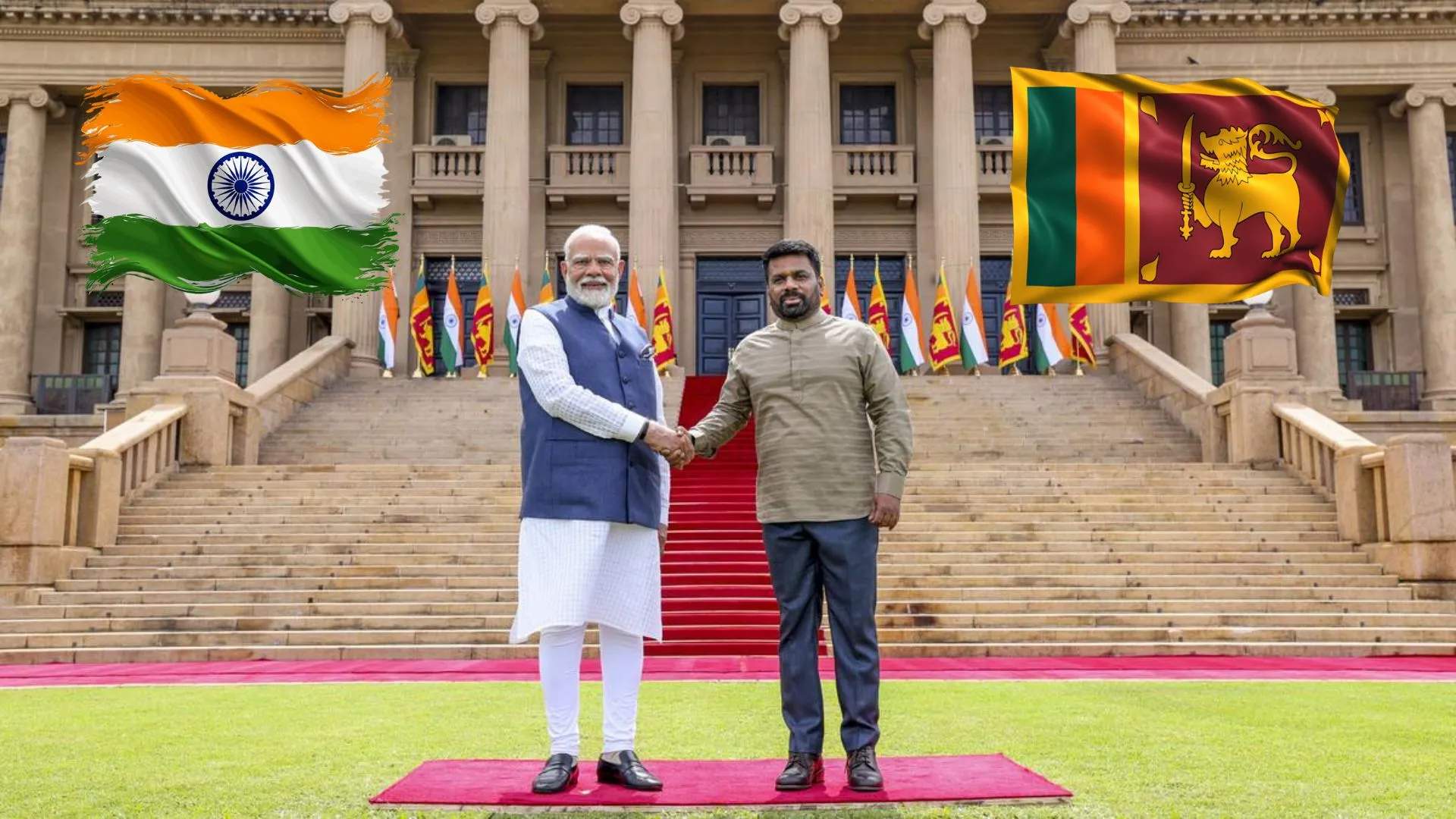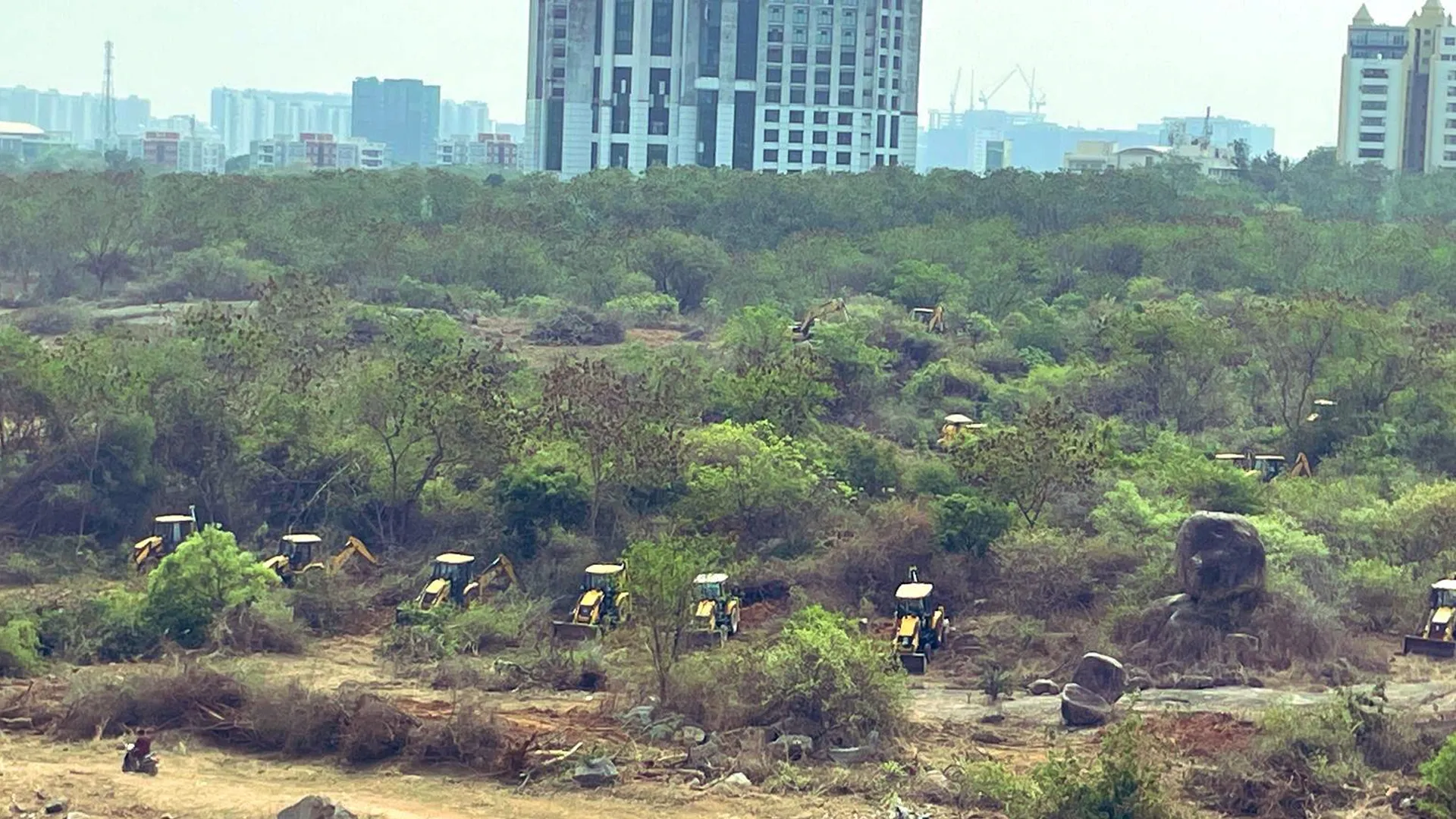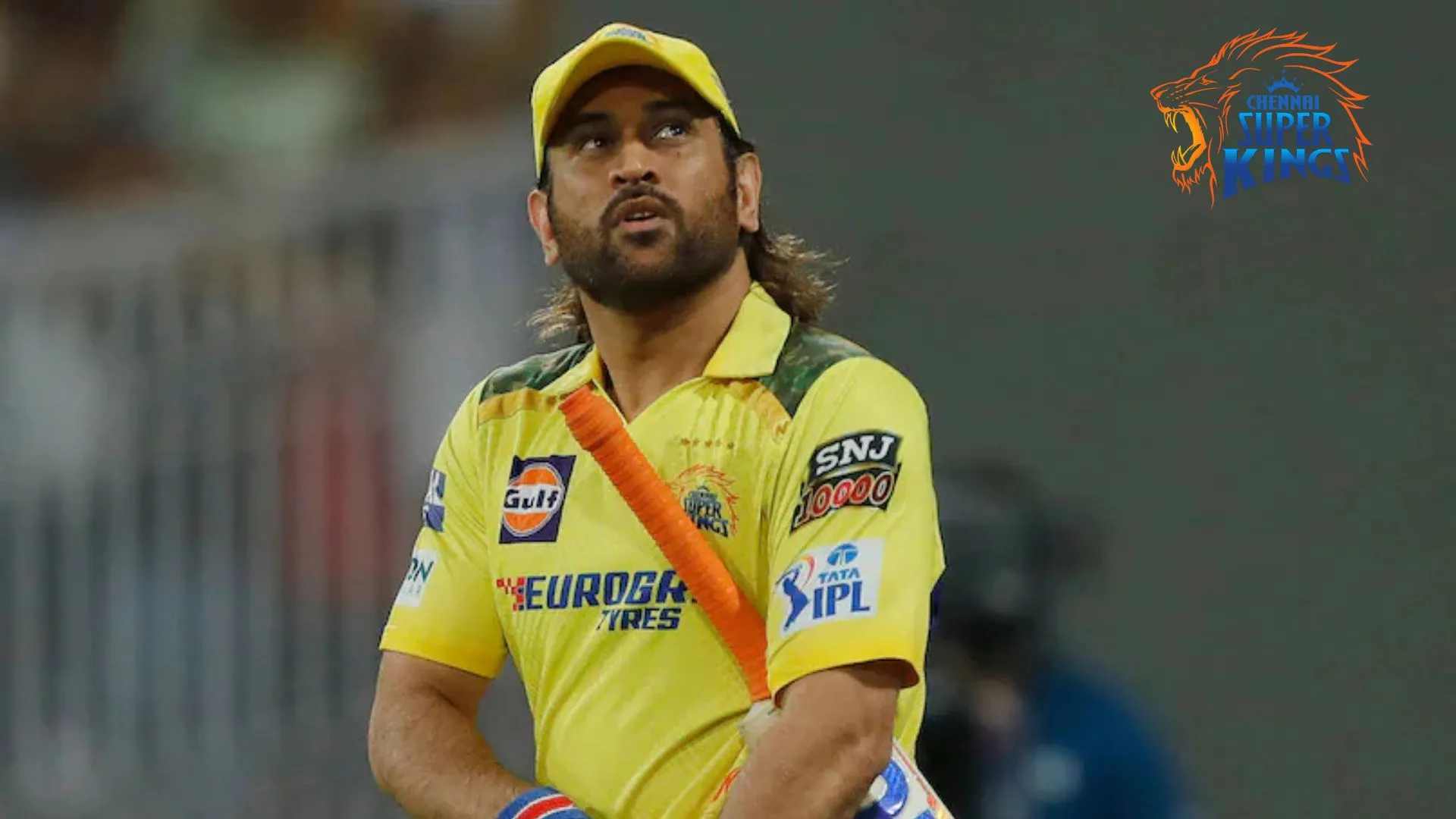An exhibition titled ‘Paradigm of Oneness’—a solo show by artist Dr Jaspal Singh Kalra—was held recently in the capital at the Visual Arts Gallery, India Habitat Centre wherein the artist attempts to imagine Baba Nanak in the content of his immortal Shabads.

Artist Dr. Jaspal Singh Kalra

Banrae Embroidery & sketch on linen by Dr. Jaspal Singh Kalra

Bhande bahara Embroidery & sketch on linen by Dr. Jaspal Singh Kalra
Nanak’s oneness goes beyond just humans. His compositions talk of nature, animals, plants, earth, water, air and to love them all is true oneness with the divine. Imagining self as part of other is the paradigm of Nanak’s oneness that takes us beyond our ego. The series of artworks on display are Kalra’s journey of art as a personal expression. His art is not about deciphering or finding reasons but simplifying the complexities.
This personal expression of setting text in artworks has been part of Dr Kalra’s style for more than a decade. When his mother passed away, it transformed into interpretation.
The word ‘Sab Tera’ is also interpreted as ‘terah’ or thirteen and in keeping with this concept thirteen Shabads have been taken to create this series of artworks. Shabads by Baba Nanak, Kabirdas and Sheikh Farid range from oneness of humans, gender, nature, universe, divinity and value of sharing.
Speaking to The Daily Guardian, Kalra explained the title of the exhibition and said that oneness is about gender, people and moving away from discrimination. “When we started creating these artworks, we had people from different faith who understood his philosophy and tried to associate with it. Here it was about the oneness of thought and connecting it with art,” he said.
He added, “We gave it the name paradigm because it was not just about one single thing. There are smaller aspects. It has so many components to it that makes it a paradigm.”
Everyone knows that Guru Nanak is an important religious figure in Sikhism. But in the case of Kalra, he says it is important and a conscious effort to humanise him in order to understand his teachings. “When we humanise something, we connect to that person much closer. When we make someone a god or a demi-god, there’s an awe that comes in. If you have to love someone’s poetry and follow, the first step would be to be in one with that person,” he said while speaking to The Daily Guardian.
On the issue of the hurdles he faced while creating these works, he said that he did not face much of it and added that he was being guided by a force through the creative process. Kalra further said that every time he was working with a Shabad or a Doha of Kabir on his artwork, he was reliving them. “Every time when I was working on it, I would go deeper into the meaning because we were spending so much time in sketching and conceptualising. Then you really look (at the work and the verse) and get into another time zone,” he added.
“The whole process for us (of creating these works) became an act of respect and worship,” the artist said further. From his artwork, he said, the thing that the viewer must capture is the human values and make your own meanings out of them.




















